The Professional Services Automation Software Market is currently characterized by a dynamic competitive landscape, driven by the increasing demand for efficiency and productivity in service-oriented businesses. Key players such as SAP (DE), Oracle (US), and Microsoft (US) are strategically positioned to leverage their extensive technological capabilities and market presence. SAP (DE) focuses on integrating advanced analytics and machine learning into its offerings, thereby enhancing user experience and operational efficiency. Oracle (US), on the other hand, emphasizes cloud-based solutions, which are becoming increasingly vital in the current digital transformation era. Microsoft (US) is also making significant strides by incorporating AI functionalities into its software, which appears to be a critical differentiator in the market. Collectively, these strategies not only enhance their competitive positioning but also shape the overall market dynamics by pushing for innovation and improved service delivery.
In terms of business tactics, companies are increasingly localizing their operations and optimizing supply chains to better serve regional markets. The Professional Services Automation Software Market is moderately fragmented, with a mix of established players and emerging startups. This fragmentation allows for diverse offerings and competitive pricing, yet the influence of major players remains substantial, as they set benchmarks for quality and innovation that smaller firms strive to meet.
In August 2025, SAP (DE) announced a strategic partnership with a leading AI firm to enhance its automation capabilities. This collaboration is expected to integrate cutting-edge AI technologies into SAP's existing software solutions, thereby providing clients with more robust tools for project management and resource allocation. The strategic importance of this partnership lies in its potential to significantly improve operational efficiencies for clients, positioning SAP as a leader in the AI-driven automation space.
In September 2025, Oracle (US) launched a new suite of cloud-based services aimed at small to medium-sized enterprises (SMEs). This initiative is particularly noteworthy as it reflects Oracle's commitment to expanding its market reach and catering to the unique needs of SMEs, which are often underserved in the professional services sector. By offering tailored solutions, Oracle is likely to enhance customer loyalty and capture a larger market share.
In October 2025, Microsoft (US) unveiled an upgraded version of its Professional Services Automation Software Market, featuring enhanced AI-driven analytics tools. This upgrade is significant as it not only improves the functionality of the software but also aligns with the growing trend of data-driven decision-making in businesses. By continuously innovating its offerings, Microsoft is reinforcing its competitive edge in a rapidly evolving market.
As of October 2025, the competitive trends in the Professional Services Automation Software Market are increasingly defined by digitalization, sustainability, and the integration of AI technologies. Strategic alliances are playing a crucial role in shaping the landscape, as companies seek to combine their strengths to deliver more comprehensive solutions. Looking ahead, it appears that competitive differentiation will increasingly pivot from traditional price-based competition to a focus on innovation, technological advancement, and the reliability of supply chains. This shift suggests that companies that prioritize these elements are likely to thrive in the evolving market.


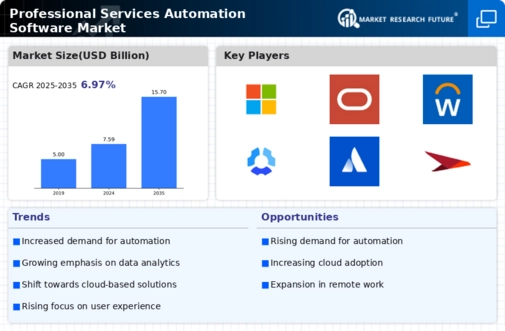
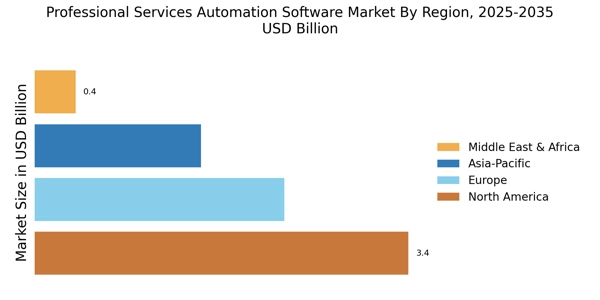
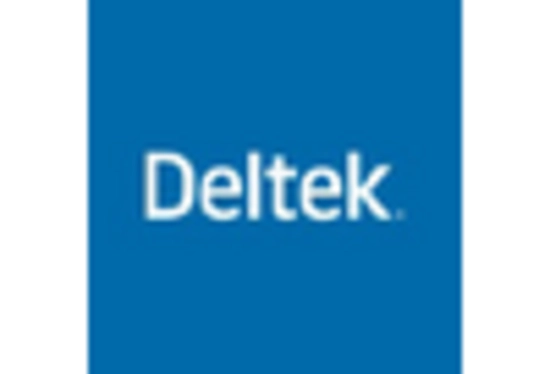
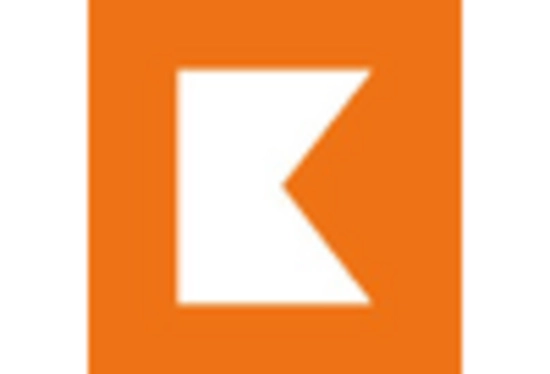



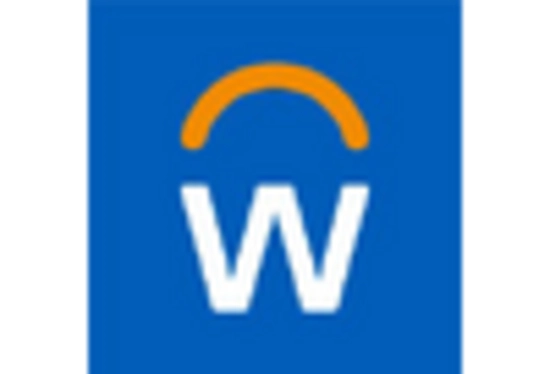








Leave a Comment